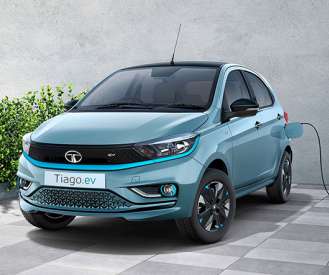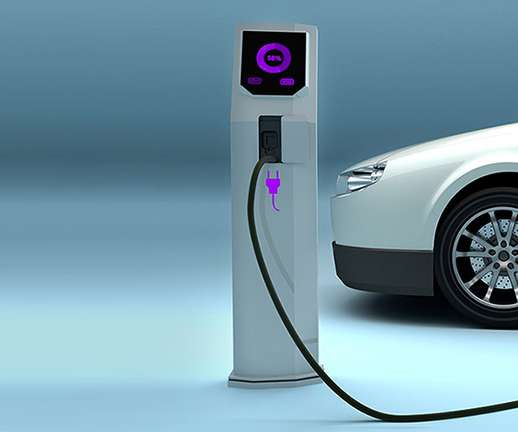Tata Motors launches $10,000 electric hatch; deliveries of Tiago.ev start in January
Green Car Congress
OCTOBER 8, 2022
Tata Motors, India’s leading automobile manufacturer, launched the newest member of its EV family this past week: the Tiago.ev. It is an ideal fun hatch which offers premium, safety and technology features, eco-friendly footprint, spirited performance, all made even more desirable with the added advantage of a low cost of ownership.












Let's personalize your content